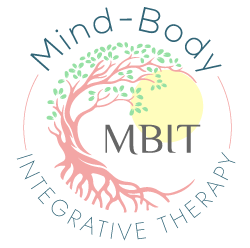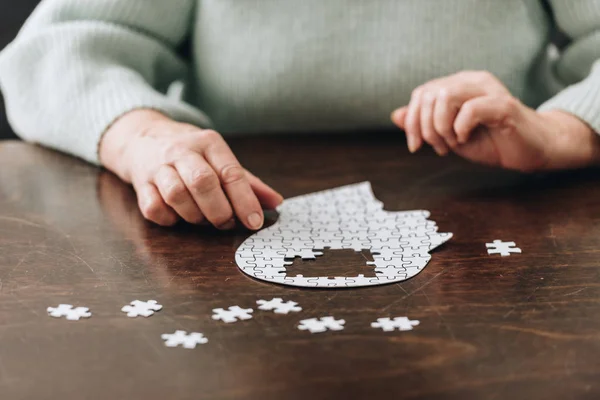The word “trauma” originated from the late 17th-century Greek word “τραύμα” that translates as ‘wound’. Among the many definitions one can find, the following description of trauma resonates the most with me: “Trauma is when we have encountered an out-of-control, frightening experience that has disconnected us from all sense of resourcefulness, safety, coping, or love” (Tara Brach, 2011). The loss of control, resourcefulness, safety, and coping is at the heart of trauma, and it is these components that ignite an instinctual response for the brain and body to disassociate, or as I like to think of it, “go offline.” Trauma expert Ruth Lanius, MD, PhD, views disassociation as an extremely adaptive coping skill depending on the context. The information in the following blog consists of a mixture of my reflections on her work along with my professional observations and opinions.
Many forms of disassociation range greatly in symptomology. Some experience emotional disassociation, where they experience a “numbness” to emotion. Others may experience a more physical type of disassociation that can range from a mild feeling of being outside of one’s own body to more extreme forms, such as physical paralysis. Perceptions of disassociation can vary from individual to individual as well. For one person, disassociating can be a very distressful experience, while for another it can feel like a type of “superpower” that helps them perform the functions of their job that are traumatic by nature.
Disassociation is a very effective survival skill when faced with a situation where emotions, fighting, or fleeing are not useful options for surviving a real or perceived threat to one’s life. When does disassociation become a problem? when the body and brain remain in, or continually return to, a state of disassociation when there is no longer danger at hand.
Teaching the brain and body to stay “online” when there is no present threat is a challenging but possible process. This process involves growing awareness and attunement to one’s own body—learning how to regulate emotions, tolerate emotions, and trust in body sensation. Over time, mindfulness practices integrate the brain and the body into the present moment; mindfulness is how we gain the power to choose when we disassociate and when we feel the moment with every fiber in our body.

